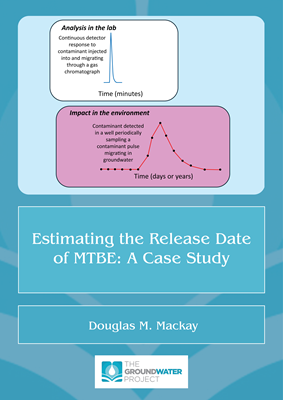When evaluating prior work by consultants examining cases of groundwater contamination, it is important to determine if some original monitoring data were incomplete or if other monitoring data could have been used in more insightful ways. For example, in early application of gas chromatography to analysis of groundwater samples, it may often have been the case that not all detected peaks were identified and quantified, and/or that not all contaminants could have been detected by the applied methods.
This case study of groundwater contamination at a fuel service station shows that early analytical limitations probably misdirected the consultants for both the current and prior owners. With reasonable knowledge of the applied analytical methods a reviewer may be able to hypothesize what was missed by both early on, which in this case was an important key to determining whether the release of MTBE-containing gasoline occurred before or after the site was sold.
Also, since initial groundwater monitoring is often focused on determining the lateral and vertical extent of contamination, essentially creating snapshots over time, the implications of the contaminant history at specific monitoring points may be left unexamined. In this case, evaluation of MTBE breakthrough curves at several monitoring points allowed consistent estimates of the release time of the MTBE-containing fuel, and thus a strong conclusion that the MTBE-containing fuel was released after the site was sold to the new owner.

